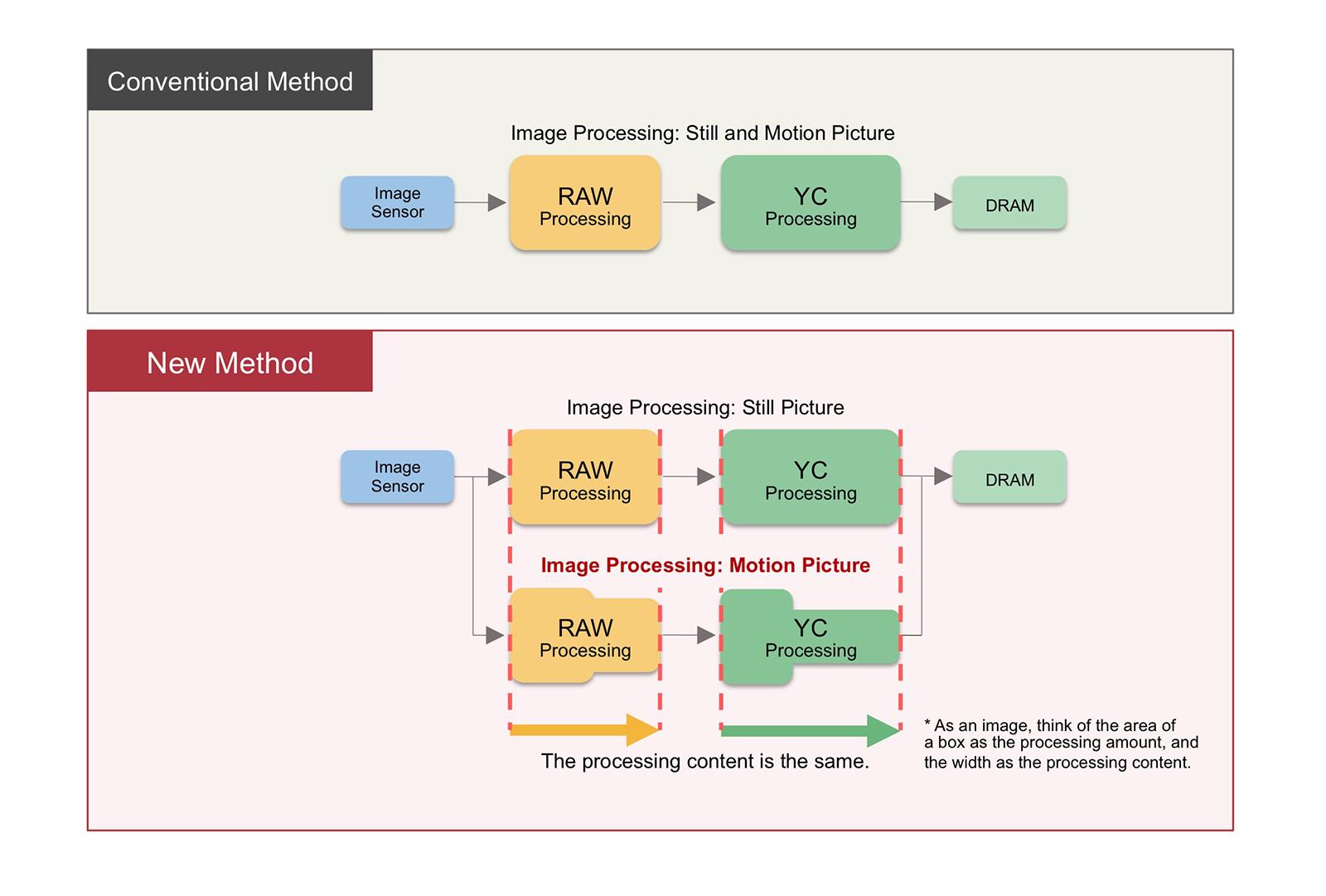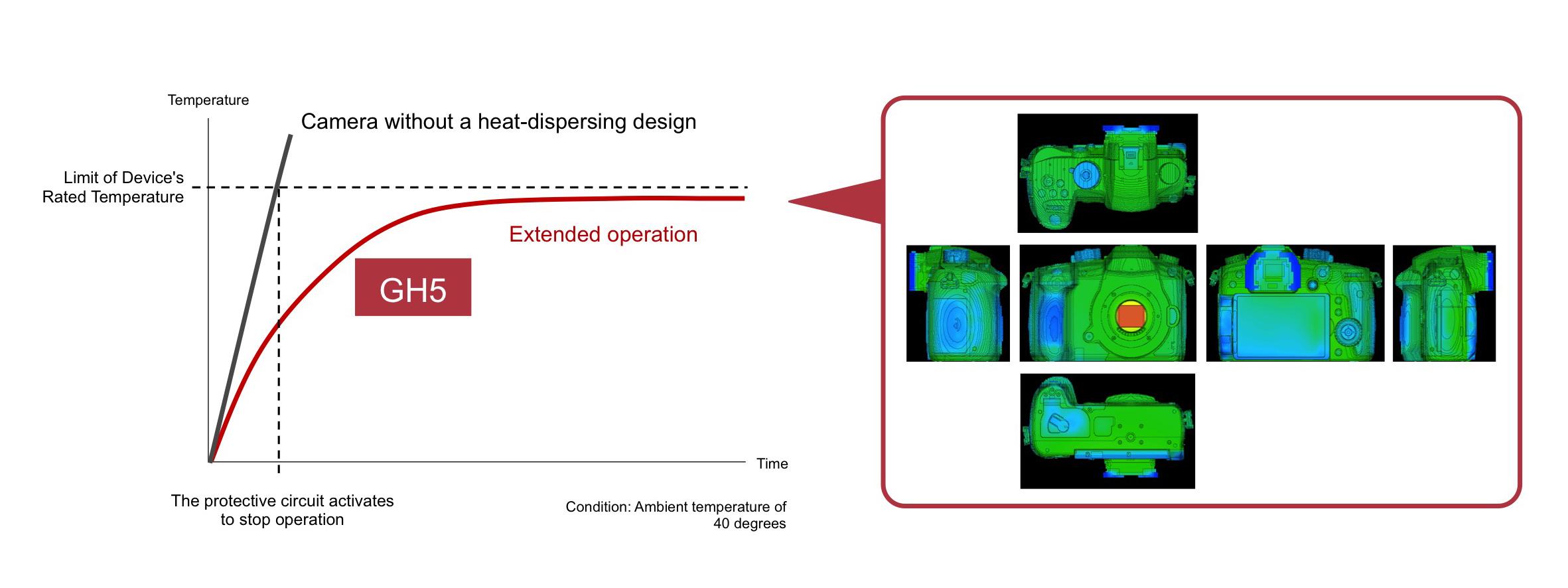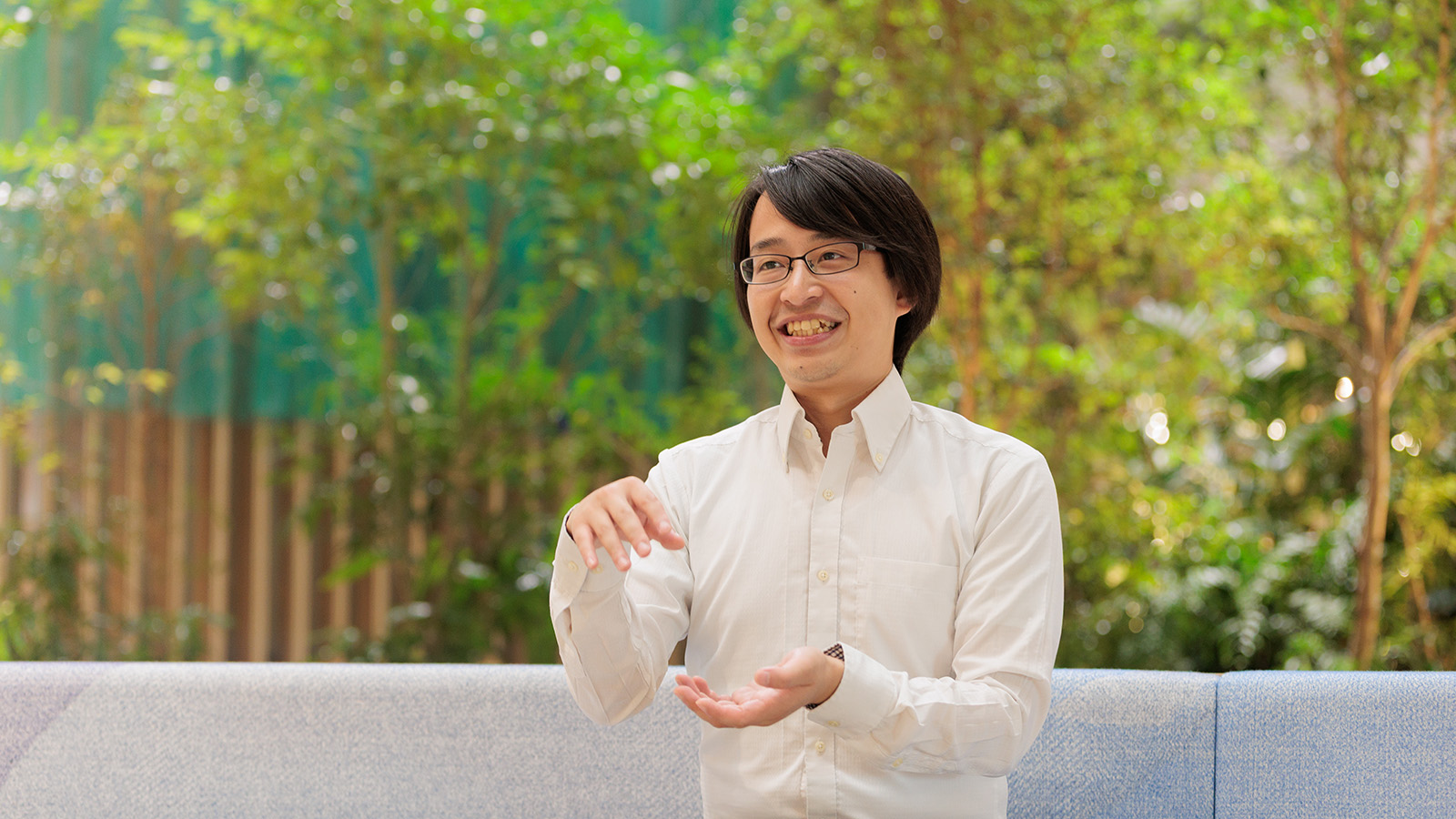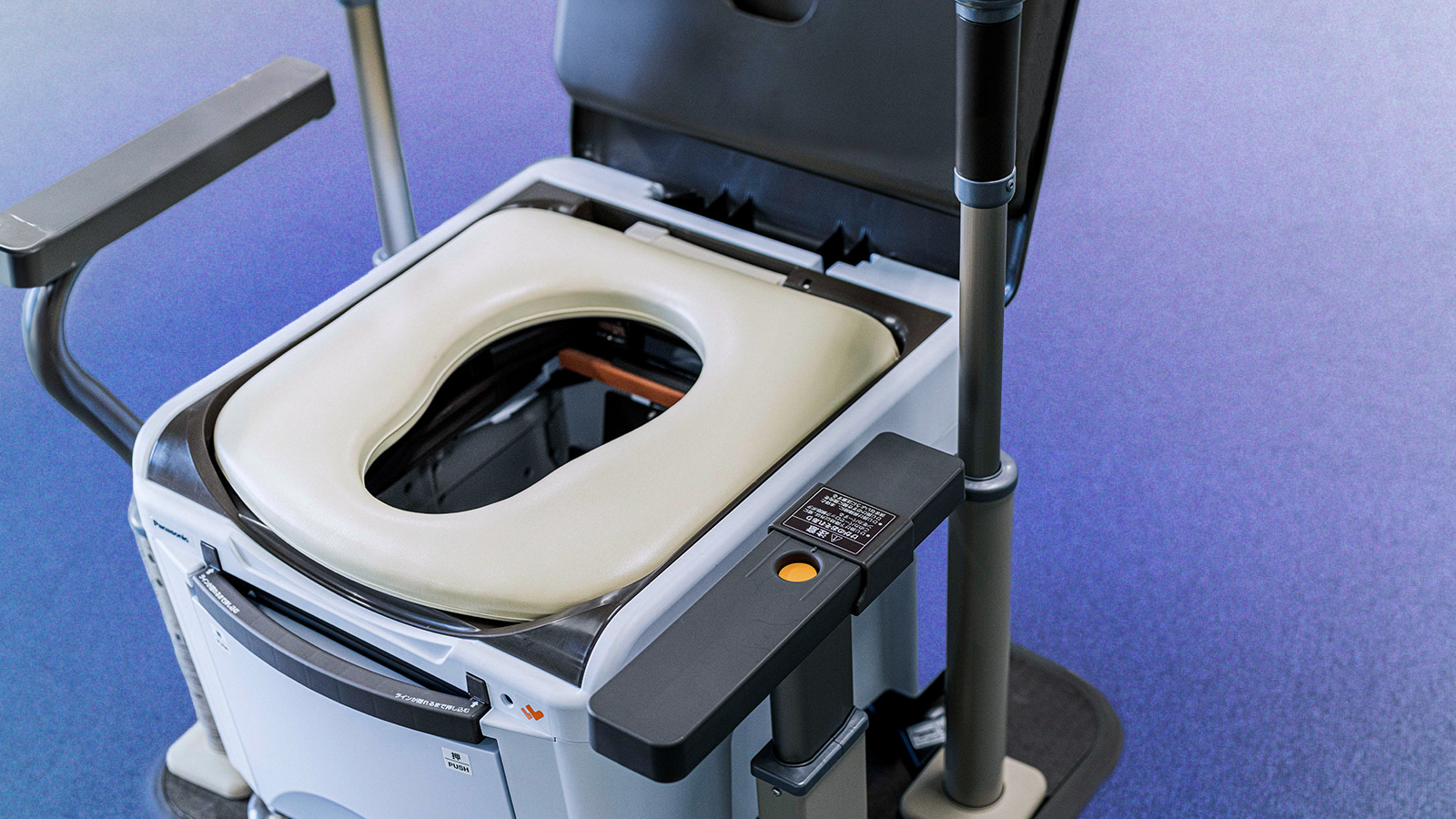
The LUMIX DC-GH5 is the flagship model for Panasonic Digital Single Lens Mirrorless Cameras. Since its March 2017 launch, it has doubled the performance of its predecessor, the GH4, which became a major hit with the world's first 4K video recording as a digital single lens mirrorless camera. The points to take note of are the high-performance 4K video function for use on professional locations, and the 6K PHOTO function. Here, we will describe the new technologies that enabled the major features of "unlimited video recording" (*1) and "6K PHOTO", together with a video explanation.
Faced with a Heat Problem for Unlimited Video Recording and Ultrahigh Motion Picture Quality
The GH5 achieved the world's first 60p/50p video recording (*2) and the world's first 4:2:2 10-bit 4K 30p/25p video recording (*3) while also enabling unlimited video recording. However, heat inside the camera body became a large problem for these achievements. The amount of video data necessary for the GH5's ultrahigh picture quality is more than 3 times that of the GH4. As data increases, the power consumption also rises and the temperature inside the camera greatly increases. It would be easy to disperse the heat by increasing the size of the camera body, but we insisted on maintaining the size and grip that were so popular with the GH4. As a result, GH5 development became a "Battle with Heat."
Gaining Power-Saving Efficiency and Heat Dispersion by Optimizing Panasonic Strengths
There are only two ways to solve the heat problem: (1) Suppress the heat generation itself, and (2) Efficiently disperse the generated heat.
(1) Suppressing the Heat Generation Itself
We focused on the fact that the image processing section consumes the most power in a digital camera. As such, we worked on ways to save power in LUMIX's original image processor, the Venus Engine. We noted the differences in resolution, noise, and frame rate between still pictures and motion pictures, and then isolated and optimized the motion picture processing section of the newly developed Venus Engine. We reduced the circuit scale that operated during video recording by half.
We then revised the power supply efficiency for the circuits common to still and motion pictures. These were originally designed to be optimum when recording still pictures, so the power supply efficiency dropped when recording motion pictures. This was a cause of heating. While preserving efficiency during still picture recording, we switched to a concept of raising the power supply efficiency when recording motion pictures. By achieving improvements step by step, such as careful component selection and adjustment of the wiring width and length, we were able to improve power supply efficiency by 10% or more during 4K 60p/50p video recording.
(2) Efficiently Dispersing the Generated Heat
As part of our efforts to disperse heat, we also provided heat dispersion paths on the bottom surface of the circuit board for the image processing engine. Conventionally, a bypass capacitor is positioned on the bottom surface of the circuit board to stabilize the power supply voltage. On the newly developed Venus Engine, the capacitor position was adjusted by applying a heat-dispersion sheet, which succeeded in a 12% improvement in heat capacity.
Tsutomu Mori, General Manager of Imaging Network Business Division, Appliances Company, Panasonic Corporation, describing "heat dispersion processing" for the engine.
When heat dispersion is correctly done, the temperature distribution for the surface of the camera body is nearly uniform. Pursuing this "uniform heat" in order to eliminate the minor differences through heat simulation, we finely tuned the design by repeatedly testing with actual cameras. As a result, even with continued use at 40ºC, all devices were able to operate without exceeding the rated temperature, and the camera's surface maintained a uniform temperature.
Observing a GH5 in operation by thermography shows that only the sensor temperature rises. All parts of the body surface can be touched with the hand with no temperature problem.
Panasonic beat the heat problem with in-house development of both the camera and the LSI. By making improvements step by step, we were able to achieve a body size of 1.13 times that of the GH4, while trial calculations were 1.35 times. Even so, features include a Body Image Stabilizer, double SD Memory Card slot, HDMI Type A terminal, and 3.2-inch rear monitor.
Utilizing a Cutting-edge H.265/HEVC Codec The Technology to Achieve 6K PHOTO - 18-Megapixel, 30-fps Burst Shooting
For still pictures, a unique burst shooting function, called 6K PHOTO, was newly developed for the GH5. 6K PHOTO extracts high-speed consecutive photos from 4:3 or 3:2 aspect ratio video with about the same effective pixel count (approximately 8-megapixel equivalent resolution) as 6K size (approximately 6000 x 3000 effective pixel count). The 6K PHOTO function was born by fusing motion picture and still picture technologies.
In order to provide a pixel count that exceeds the limits of the previous 4K PHOTO, the video format H.265/HEVC codec is supported by the new Venus Engine. High-resolution, 18-megapixel photos are achieved for an unlimited time at 30 frames per second. With more than twice the pixel count of previous functions, the 6K PHOTO image size can be enlarged up to A1 size. And the use of the H.265/HEVC codec prepares the GH5 for future evolution by supporting the 4K-HDR standard.
Using the H.265/HEVC codec achieves approximately 9 times the pixel count of Full-HD, and 2 or more times the pixel count of 4K PHOTO.
In addition, we will present a video of other technologies that hold the key to 6K PHOTO's ability to clearly capture precious moments. (1) "Advanced DFD AF," which continuously focuses in real-time, and (2) "5-axis Dual I.S. 2," a powerful image stabilization system.
(1) Auto-Focus Subject Tracking Performance Using DFD Technology DFD technology calculates the distance to the subject by evaluating images with different sharpness levels. It has evolved to a speed that is approximately 6 times that of the GH4, while the resolving power for contrast data is increased to approximately 8 times the level of definition. By applying a "motion vector prediction" to this, moving subjects can be focused continuously in real-time.
An auto focus demonstration. Distance data and motion predictions are calculated in real-time.
(2) The Technology to Achieve "5-axis Dual I.S. 2," a Powerful Image Stabilization System
A 5-axis Body Image Stabilizer is incorporated in the GH Series for the first time. By working at the same time as the 2-axis Lens Image Stabilizer, the 5-axis Dual I.S. 2 with more powerful correction capability is achieved (*4). Stable framing with minimal blurring is possible even with handheld slow-shutter shooting. Continual, real-time auto focus and 5-axis Dual I.S. 2 also work during video recording.
5-axis Dual I.S. 2 demonstration. When 5-axis Dual I.S. 2 is turned ON, the highly blurred image is immediately stilled.
In addition to marking a history that exceeds 15 years since their birth, LUMIX digital cameras have achieved a variety of world-first innovations. The GH Series concept is to "establish both still picture and motion picture performance to create a camera with high standards that withstands professional use." The GH5 optimizes LUMIX's photographic quality and professional video performance.
The GH5 won a total of nine awards at CES 2017, held in January 2017 in Las Vegas, Nevada, USA, and has won many more prestigious awards since its launch. It has greatly expanded its share of the main sales markets of Europe and America. The same is true in Japan, where the GH5 continues to exceed sales targets.
Advances also continue since the launch, with a firmware upgrade planned for second half of 2017 to support 4K HDR.
Backed by robust market trends for mirrorless cameras, LUMIX will continue to crystallize Panasonic's imaging technologies under the theme of "helping to establish a new photographic culture for the digital age" to contribute to the development of a new photo culture and image culture.
*1 Recording time depends on the battery and SD card capacity. If the ambient temperature exceeds 40ºC, shooting will automatically stop to protect the camera.
*2 4K 60p/50p for a Digital Single Lens Mirrorless Camera, as of 4 January, 2017.
*3 4:2:2 10-bit for a digital interchangeable lens camera, as of 4 January, 2017.
*4 5-axis Dual I.S. 2 works when a compliant lens is attached (lens firmware upgrade required).
- Disclaimer:
- We would like to note that Panasonic Newsroom is not a place to address personal Customer Service issues. Even though this is not the forum, Panasonic is always eager to resolve your concerns. Our local customer services contacts can be found at Global Support or you can see our list of Social Media Accounts to find the right channel for your queries and concerns.
Related Links
Related News
- Panasonic and Digital Hollywood University Will Shoot and Live Stream YOHJI YAMAMOTO's Fashion Show at the Paris Collection (Feb 24, 2017)
- [Press Release] Panasonic Booth Overview at CES 2017 (Jan 05, 2017)
- [Press Release] Panasonic Develops the World's First 4K 60p/50p Video Recording Digital Single Lens Mirrorless Camera LUMIX GH5 Featuring '6K PHOTO' (Sep 20, 2016)











